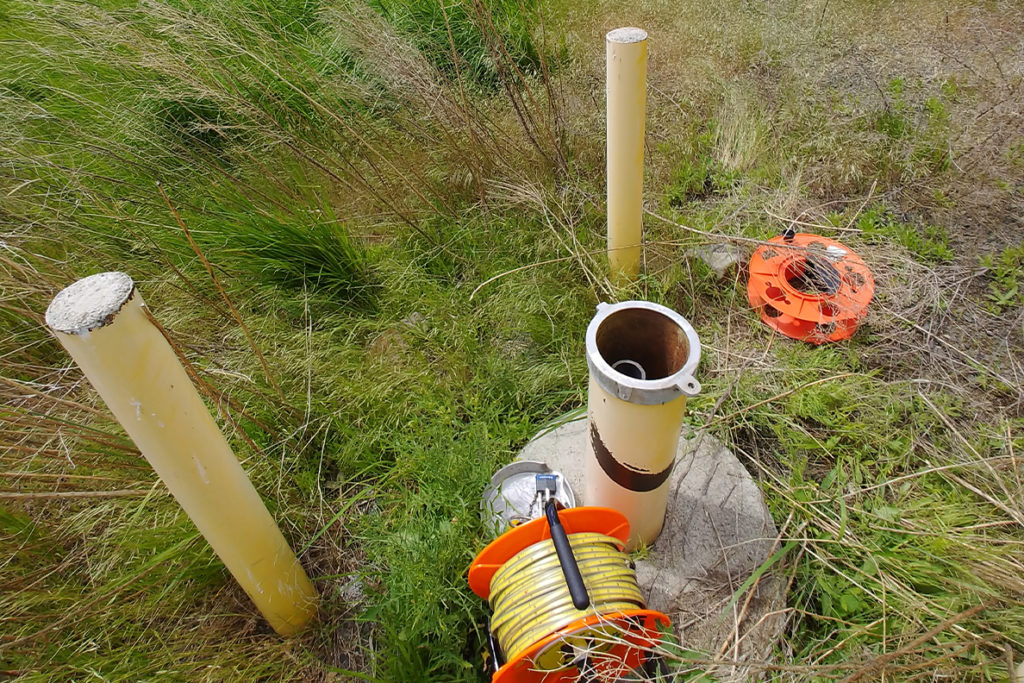For years, researchers have been trying to determine how the amount of groundwater has been changing in the Columbia Basin and why.
The question is critically important to farmers, including apple growers, as well as to the economy of the Pacific Northwest.
Sasha McLarty, WSU Civil and Environmental Engineering assistant professor, has received a three-year, $673,000 grant from the U.S. Bureau of Reclamation that will help to answer that question through the expansion of a groundwater monitoring network in the region.
“There’s a lot more groundwater stored than surface water,” McLarty said. “Groundwater is often considered your savings bank … It’s often thought of as an infinite resource.”
But, she said, it’s not infinite. Furthermore, there is not enough data to effectively measure how much groundwater there is.
“You can’t manage what you can’t measure,” she said.
While researchers have used individual wells from the Department of Ecology’s well network in the past to monitor groundwater, the information gathered from wells only represents the groundwater in the immediate vicinity. Data gaps exist that need to be filled to better understand what is happening with the region’s groundwater supplies.

As part of the project, McLarty’s team will work with local stakeholders to monitor their own groundwater levels in their personal wells, following Department of Ecology protocols. There are many wells being used for water supply, but the water levels might not be recorded. The team will partner with conservation districts to build a strong, and hopefully long-term, monitoring program. This will provide the researchers with a greater area of coverage they can study.
“Even when the project runs out, the people who are actually using the resource and actually depending on it are also the ones tracking its long-term progress,” she said. “If groundwater declines, they’re the ones that are hurt first.”
Some areas have been experiencing severe groundwater declines for decades, she said. At the same time, some areas in the state have also seen soil destabilization and landslides from too much water.
“Overall we’re seeing trends of declining water levels so we’re trying to understand where that’s happening and what we can do to offset it,” she said.
McLarty said more data about groundwater in the region will allow state leaders to make informed decisions to manage droughts, ensure water supply reliability, balance the use of ground and surface water, and conserve water efficiently.
“Data can be power if it’s produced and used in the right way,” she said.






